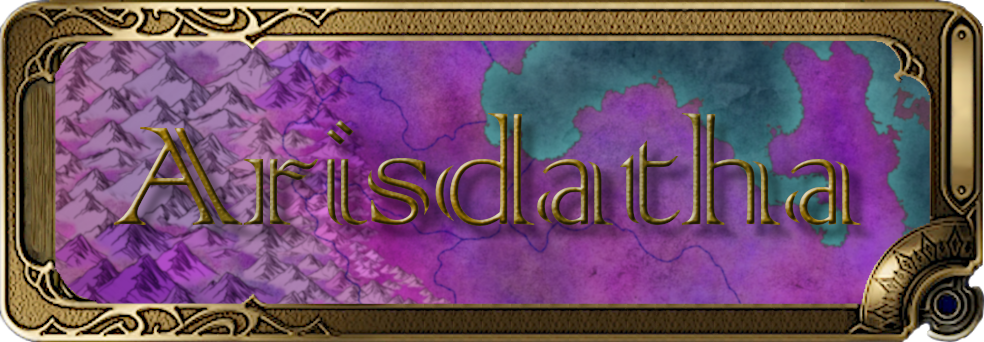Prosperity, Apathy, and The Age of High Technology
For many generations following Noran Selkarr's reign as Maskarr of Lerrta, the pride of the warrior beat fiercely within the hearts of the people. Historians refer to this age as the Kuvlenath Selkarri. This period, though far from utopian, was marked by a low rate of violent crime. However, violence was far from extinct. The difference was that the intended victims were now more able to defend themselves against attempted attacks than before the Kuvlenath Selkarri. As often as not, the assailant was the casualty in an attempted robbery or rape. Even the women were likely to be more than a match for any would-be rapist.
Capitalism began to flourish like never before. Parents raised their children to honor the Code of the Korvahn above all things. This code demanded the highest standard of ethics from anyone who lived by it. Consequently, an elevated sense of morality brought about a renewal of the economy because people felt more secure about investing in new business ventures.
Though this period lasted for thousands of yahdi, it eventually came to an end. Few historians can agree when this era entered its decline, but most can agree about the causes. Toward the end of this era, there were few true heroes for people to look up to. Many claimed Korvahn status, but few, if any, could honestly take credit for legendary deeds of valor. Legends of the Korvahn were no longer current events but stories of ancient heroes with little relevance to the contemporary state of affairs. With few role models to emulate, people became lax in their desire to roam the land seeking fame and glory.
As time went by, the ways of Nal J'Gar lost their appeal among the general populace. Though children still trained to be warriors, the training was more of a "tradition for tradition's sake" than anything else. It was just another part of education for many children that had to be endured with their other studies. Most could hardly wait for graduation because they would no longer be forced to spend hours of training day after day.
This disdainful attitude toward the great warrior heritage lead to a weakened military. Many youths just entering adulthood, having no true warrior's pride, viewed the military as merely a source of financial security or as a way to get away from the mundane responsibilities of their families' businesses. As a result, the military became saturated with officers and enlisted men with no real sense of what it means to be a warrior.
At the height of the Kuvlenath Selkarri, the flourishing economy brought with it more choices of how people could live their lives. This new sense of freedom awakened a scientific curiosity among the middle class, which naturally manifested itself in industrial technology. The resulting industrial revolution brought about a modernization of society that lifted many of the hardships that strengthened the warrior way of life.
Rather than having to walk home from their jobs, people could now drive their armor-plated automobiles straight to their front doors, reducing the risk of assault. Also, long-range weaponry began to be more widely accepted. Soldiers no longer found it necessary to combat their enemies face to face on the battlefield--they did not even have to see them in order to kill them.
Over a span of about 9,000 yahdi, quantum science resulted in such inventions as the teleporter station, the replicator, supersonic air transportation, and the subterranean tunnel excavator. These innovations had some positive effects on society, but their convenience was detrimental to the warrior heritage. By this time, most people had forgotten the ways of the ancients who lived by the sword and died by the sword.
People no longer had to brave the dangers of the wide-open, unsettled regions to conduct business. Advanced technology gave them several options. Teleporters allowed businesses to transport goods across the globe by just taking the merchandise to a local teleport station. There were subterranean oceanic highways and supersonic aircraft for business transactions that required their personal presence or for shipping livestock.
No longer was it common for travelers to brave the wilderness in caravans to travel from city to city or nation to nation. Technology had made it unnecessary to travel by these means unless unusual circumstances required it. But, even then, armored vehicles protected the timid from the beasts of the wilds. Occasionally, a bold warrior might be found wandering the untamed lands far from the safe confines of civilization. But, these were rare and normally from the less modernized regions of the globe.
Had the world continued in this manner, technology would have drowned out the warrior heritage forever. But, one nation that stayed faithful to the romantic ideals of the warrior way made a bold move that changed the course of history forever.



Comments